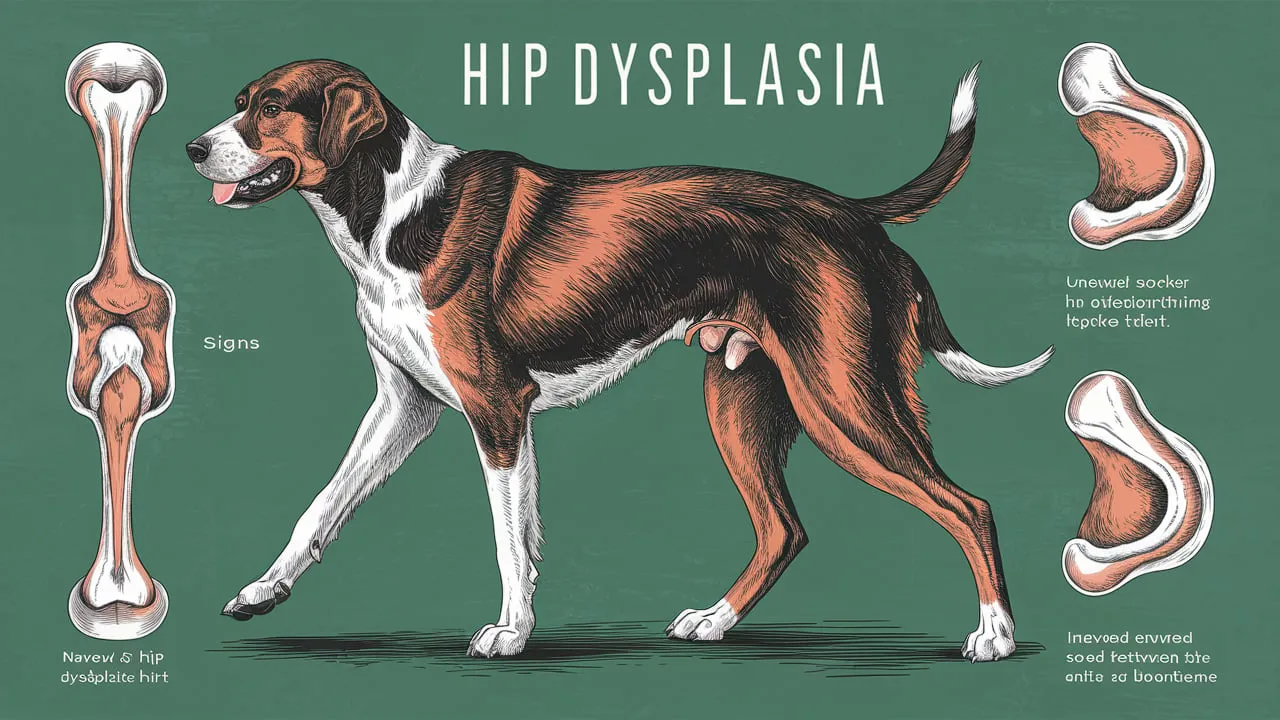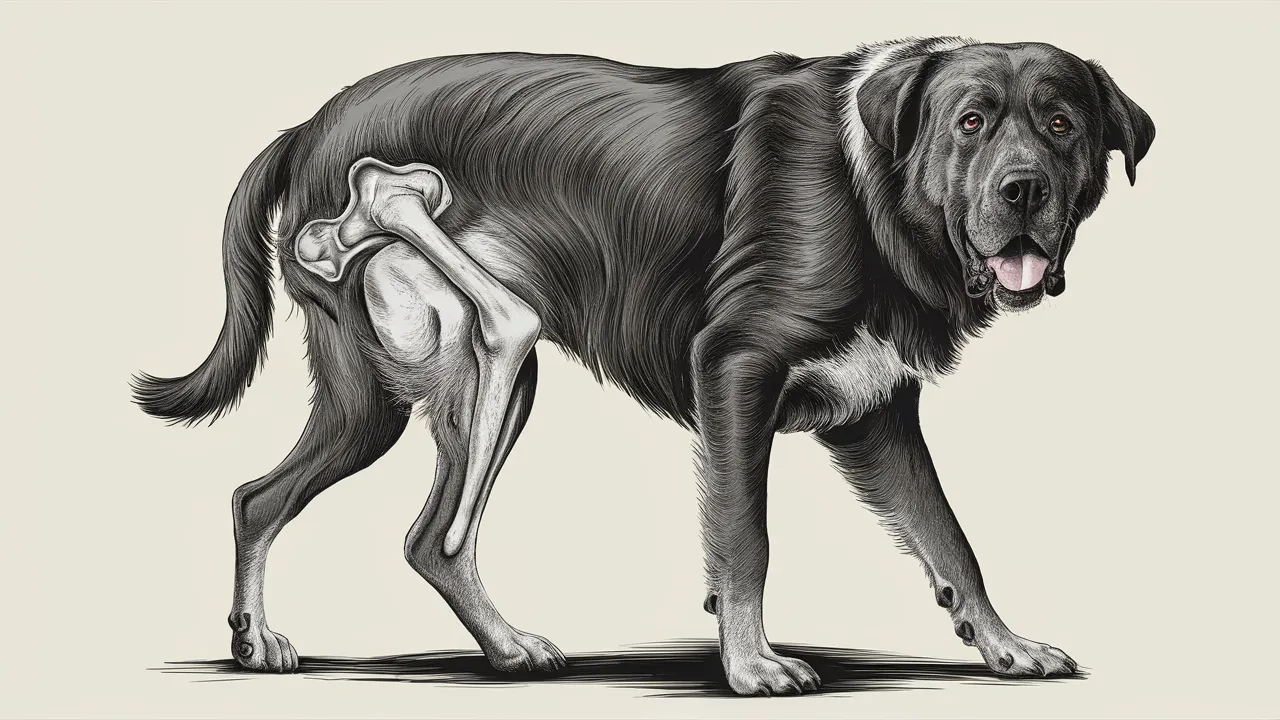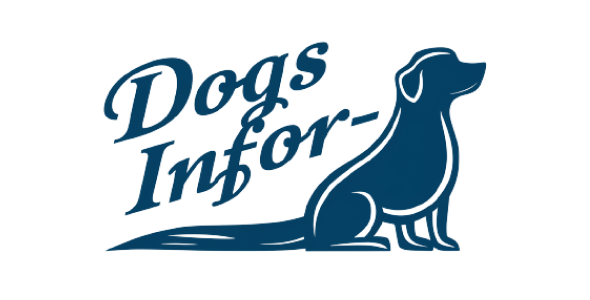What Are The First Signs Of Hip Dysplasia In Dogs? Learn the early signs of hip dysplasia in dogs to ensure timely diagnosis and treatment. In this guide, Dogs Infor helps you recognize potential issues and keep your furry friend happy.
Understanding Hip Dysplasia
What is Hip Dysplasia?
Hip dysplasia is a condition where the hip joint doesn’t develop properly. The ball and socket joint of the hip doesn’t fit together as it should, leading to instability and pain. This can cause lameness, difficulty walking, and even arthritis later in life.
Causes of Hip Dysplasia
The exact cause of hip dysplasia is complex and not fully understood. It’s thought to be a combination of genetic and environmental factors.
Genetics: Some breeds are more prone to hip dysplasia than others, such as German Shepherds, Labrador Retrievers, and Golden Retrievers.
Growth Rate: Dogs that grow too quickly can be more susceptible to hip dysplasia.
Nutrition: An unbalanced diet or excessive weight gain can put stress on the joints and contribute to hip dysplasia.
Exercise: Too much or too little exercise can also affect joint development.
Risk Factors for Hip Dysplasia
- Breed: As mentioned, certain breeds are more prone to hip dysplasia.
- Size: Larger breeds are generally more at risk.
- Age: Hip dysplasia can develop in puppies, but it often becomes more apparent as they get older.
- Sex: Males are slightly more likely to develop hip dysplasia than females.
- Environment: Factors like slippery floors or excessive jumping can put stress on the joints.

What Are The First Signs Of Hip Dysplasia In Dogs?
While hip dysplasia can develop gradually, there are some telltale signs that might indicate a problem.
Lameness or Limping
This is often the first sign that something is amiss. Your dog might limp or favor one leg, especially after exercise or rest. They might also be reluctant to put weight on the affected leg.
Difficulty Getting Up or Down
You might notice your dog struggling to get up from a lying position or to jump onto furniture. They might hesitate or make a noticeable effort to get into a standing position.
Stiffness or Reduced Range of Motion
Your dog might appear stiff or have a reduced range of motion in their hips. They might not be able to move their legs as freely as they used to, especially when turning or stretching.
Pain When Touched or Moved
If you gently press on your dog’s hip area, they might show signs of pain, such as wincing or yelping. They might also react negatively when you try to move their legs or hips.
Altered Gait or Walking Pattern
You might notice a change in your dog’s walking pattern, such as a bunny hop or a swaying gait. This can be a sign of hip instability and pain.
When to Consult Your Veterinarian?
Observing Any Suspicious Signs
As we’ve discussed, hip dysplasia can manifest in subtle ways. Don’t dismiss any unusual behavior or changes in your dog’s movement as “just getting old.” If you notice any of the following, it’s best to err on the side of caution and consult your veterinarian:
- Lameness or limping: Even if it seems minor or temporary.
- Difficulty getting up or down: Hesitation or struggle to rise from a lying position.
- Stiffness or reduced range of motion: Limited movement in the hips or reluctance to stretch.
- Pain when touched or moved: Wincing or yelping when you press on the hip area.
- Altered gait or walking pattern: Unusual movements like a bunny hop or swaying gait.
Early Diagnosis for Better Outcomes
Remember, early diagnosis is key to managing hip dysplasia effectively. The sooner you seek professional help, the better the chances of:
- Identifying the problem accurately: Your veterinarian can rule out other potential causes of your dog’s symptoms.
- Implementing appropriate treatment: Early intervention can help slow the progression of the condition and prevent further damage to the hip joint.
- Improving your dog’s quality of life: Treatment can help reduce pain, improve mobility, and allow your dog to live a more active and enjoyable life.

Diagnosis and Treatment of Hip Dysplasia
Diagnostic Tests
Your veterinarian will likely start with a thorough physical exam to assess your dog’s overall health and movement. They might also recommend some diagnostic tests to confirm the diagnosis and determine the severity of the condition.
- X-rays: These are the most common diagnostic tool for hip dysplasia. They allow the veterinarian to visualize the hip joint and assess its structure and alignment.
- Orthopedic Foundation for Animals (OFA) Evaluation: This is a standardized assessment of hip dysplasia in dogs. It involves taking X-rays and submitting them to the OFA for evaluation.
- PennHIP Evaluation: This is another standardized assessment of hip dysplasia that uses a more advanced X-ray technique to measure joint laxity.
Treatment Options
The treatment for hip dysplasia will depend on the severity of the condition and your dog’s individual needs. Here are some common treatment options:
- Weight Management: Maintaining a healthy weight can reduce stress on the joints and slow the progression of hip dysplasia.
- Exercise Modification: Your veterinarian may recommend specific exercises to strengthen the muscles around the hips and improve joint stability. They might also suggest avoiding activities that put excessive stress on the joints, such as jumping or running on hard surfaces.
- Medications: Pain relievers and anti-inflammatory medications can help manage pain and inflammation. In some cases, your veterinarian might prescribe medications to slow the progression of arthritis.
- Surgery: In severe cases of hip dysplasia, surgery may be recommended to correct the joint alignment or replace the hip joint altogether.
Conclusion
Hip dysplasia is a condition where the hip joint doesn’t develop properly, leading to instability and pain. Early detection is crucial for effective management and improving your dog’s quality of life. Be vigilant about any signs of lameness, stiffness, or pain in your dog, especially if they are a large breed.

Related Post
Signs Your Dog Needs Probiotics: Digestive Problems
Green Stool In Dogs: Causes, Concerns And When To Worry
Dental Anatomy Of Dogs: Unveiling The Secrets